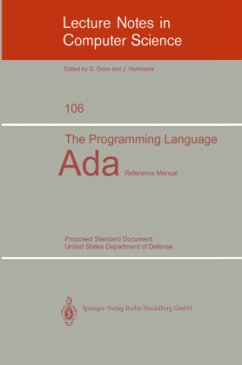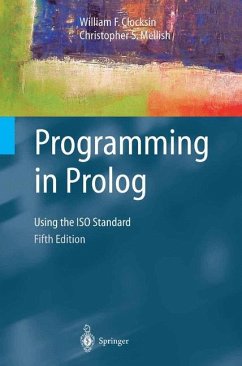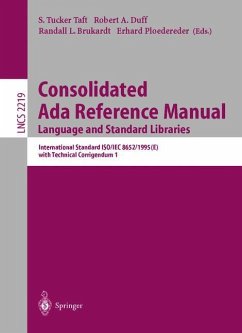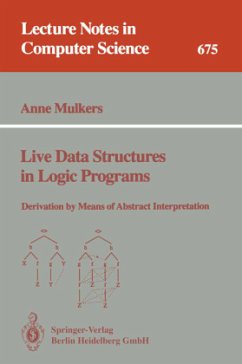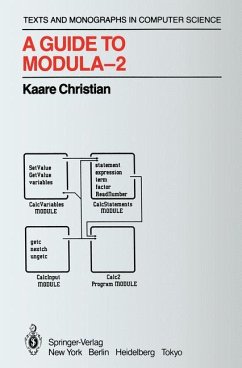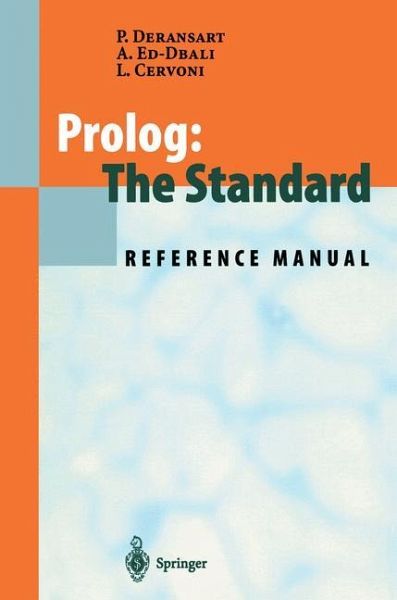
Prolog: The Standard
Reference Manual
Mitarbeit: Biro, C.; Scowen, R.S.

PAYBACK Punkte
41 °P sammeln!
This is a reference manual on the ISO international standard of the programming language PROLOG. PROLOG was the first logic programming language and is used in many areas in industry, such as computer aided design and manufacturing, software engineering, multumedia and documentation, AI systems and databases (expert systems, knowledge bases, man-machine interfaces, natural language analysis), and application fields like transportation, telecommunications, and banking. Moreover, it is the kernel language of many emerging logic programming languages which support constraints, functions and concu...
This is a reference manual on the ISO international standard of the programming language PROLOG. PROLOG was the first logic programming language and is used in many areas in industry, such as computer aided design and manufacturing, software engineering, multumedia and documentation, AI systems and databases (expert systems, knowledge bases, man-machine interfaces, natural language analysis), and application fields like transportation, telecommunications, and banking. Moreover, it is the kernel language of many emerging logic programming languages which support constraints, functions and concurrency. The book gives a comprehensible full desription of the standardized language together with an executable specification. It enables system developers, application programmers and PROLOG users to work with any standard conforming processor.








